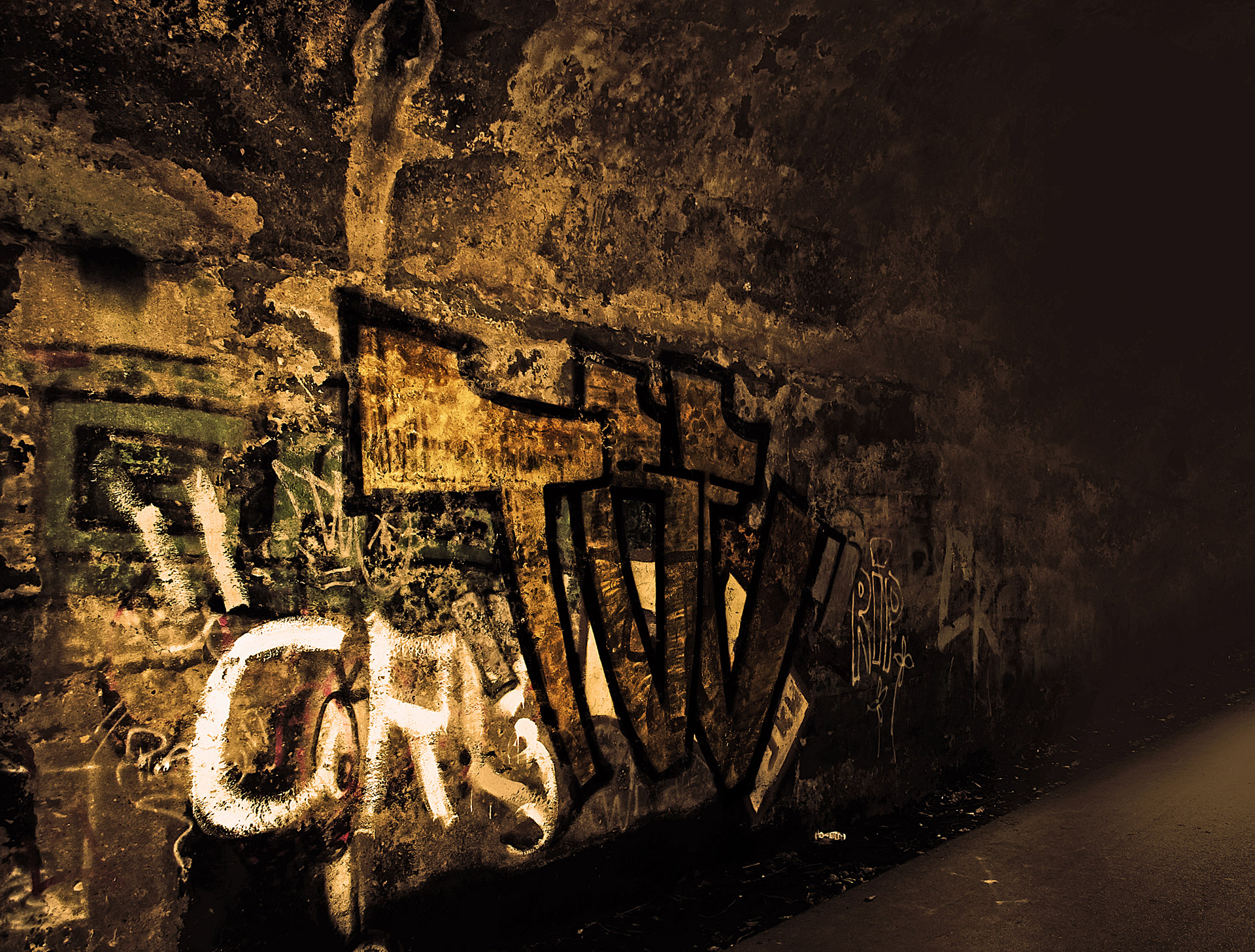
This series on Christian Eschatology discusses the aspects of Daniel and Revelation least affected by speculation. The most significant problem with Christian Eschatology is arbitrary interpretation, rooted in writer’s opinions or church traditions. This series derives conclusions from only two things: scripture and the historical record. No tradition is permitted.
The complete series:
“The Whore of Babylon” (this part)
“Ten and Three Horns”
“The Seven Kings”
“The Image and Mark of the Beast“
![]()
Revelation 17 describes the Whore of Babylon:
As seen in the “Eschatological Timeline“, from 293 to 382 AD the Roman Empire was ruled in pieces, dioceses each ruled by its own vicarii. In 380AD, Christianity became the state religion of Rome. Through 382AD (Council of Rome) and 395AD (when Roman Catholicism took the civil power of the sword), the three superior dioceses of Roman Catholicism (containing the three Petrine Seats of Rome, Antioch, and Alexandria) were handed civil authority from the 10 remaining dioceses.
It is within this time frame[1] that John the Revelator writes this sexually explicit, graphic portrayal of these historical events:
All this was required by prophecy in order for Roman Catholicism to take over royal authority from the secular Roman Empire. But make no mistake, though the Roman Catholic church describes this in terms of the heavenly kingdom brought down to earth, John describes it in the most debased, defiled, sexually explicit manner.
Footnotes
[1] Revelation 17:12 describes the time frame like this: “The ten horns you saw are ten kings who have not yet received a kingdom, but who for one hour will receive authority as kings along with the beast.” When John wrote his Apocalypse, the 10 dioceses of Rome’s final configuration and their vicarii had not yet risen, but when they finally coupled with Roman Catholicism in the late 4th century, the joint rule of the Roman Empire and the new Roman religion was brief.
[2] Some may argue that the fire of Revelation 17:16 is a flashback that refers to the beast (with the ten kings who had not yet received a kingdom) destroying Rome during the reign of Nero. This is a plausible alternative understanding, but ultimately doesn’t change the timeline of the ten kings handing over their power to the beast. However, this explanation removes the power of the deviant sexual imagery, which was obviously intended. In particular “bringing her to ruin” and “eating her flesh” are graphic sexual euphemisms—that form parallel couplets with “burn her with fire” and “leave her naked” respectively—the sense of which Rome burning fails to capture. Rome burning is not a sexual union, an unholy marriage.

Pingback: The Man of Lawlessness
Pingback: GunnerQ and The Beast's Mark